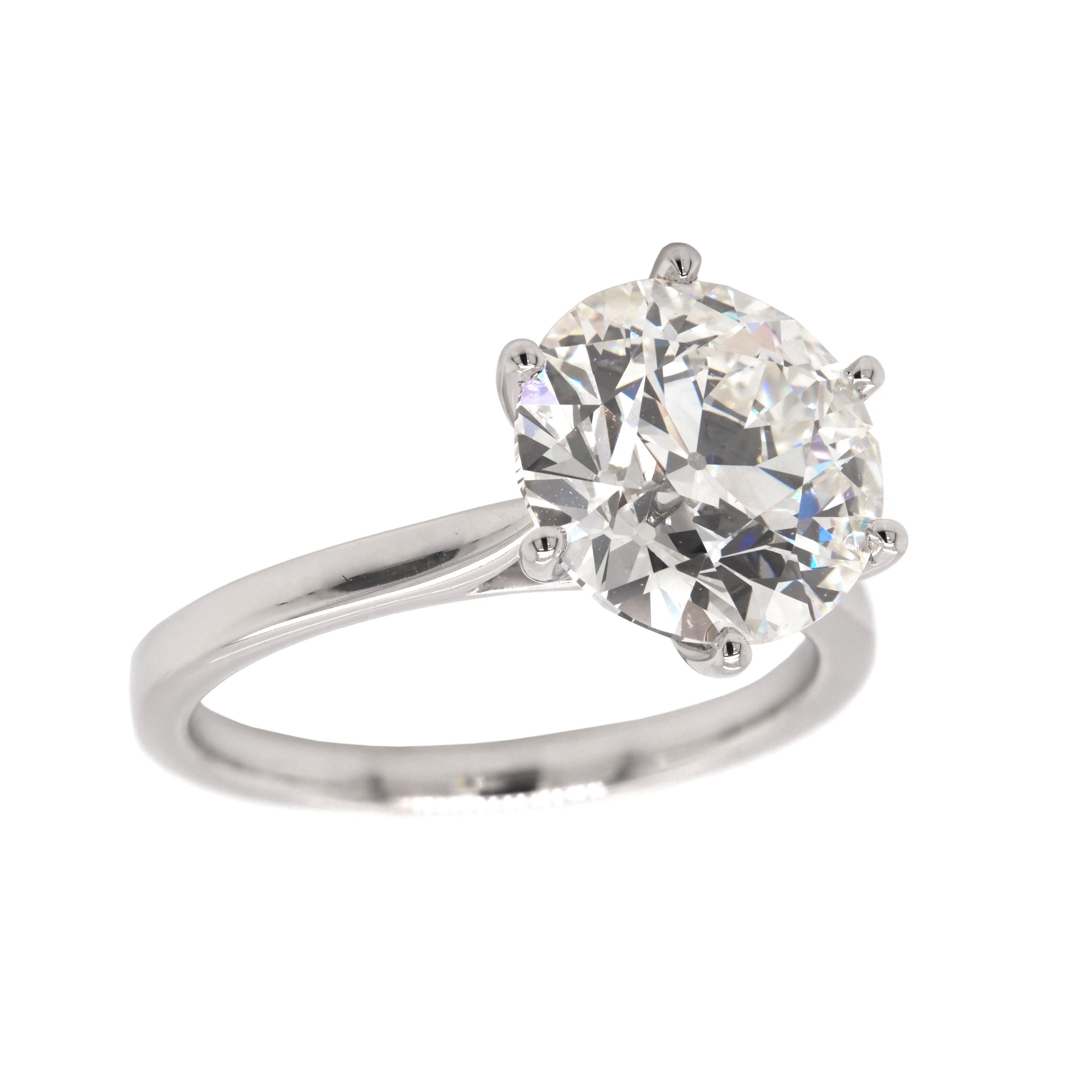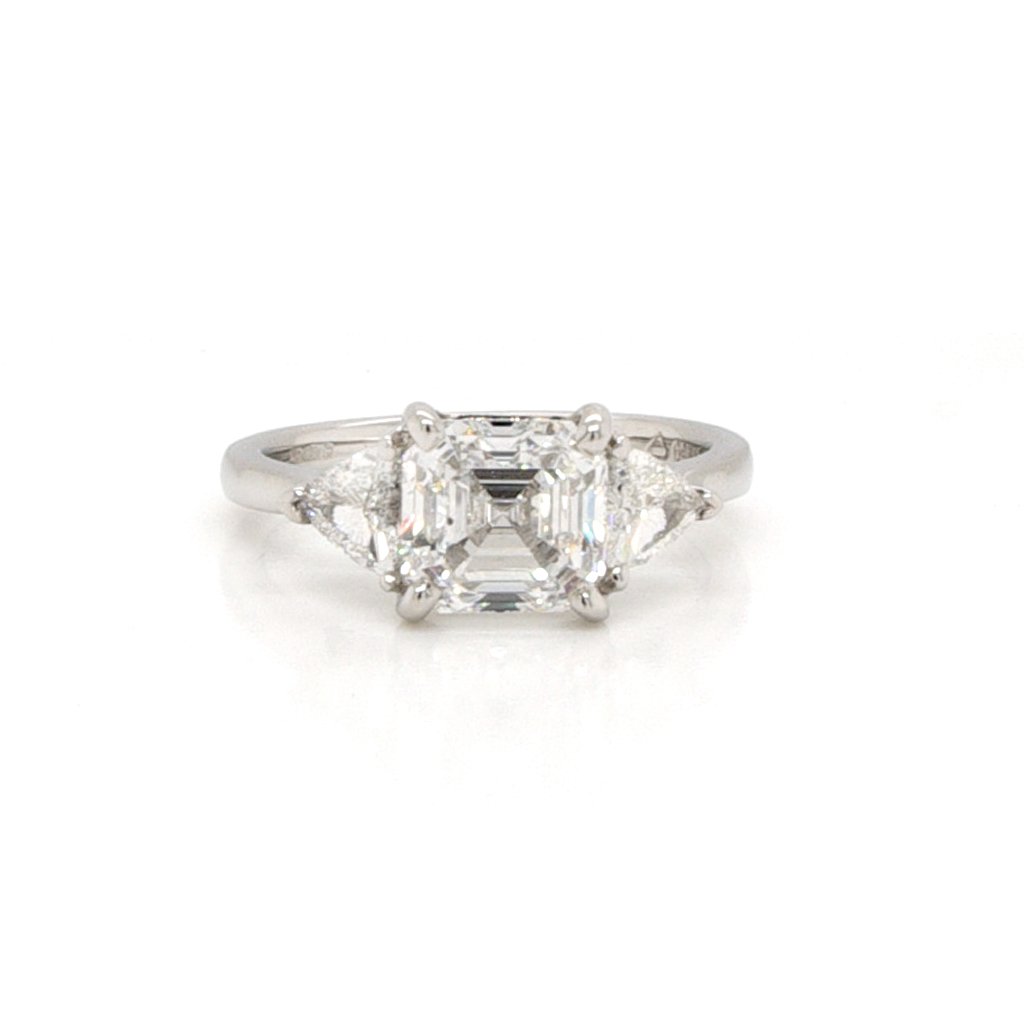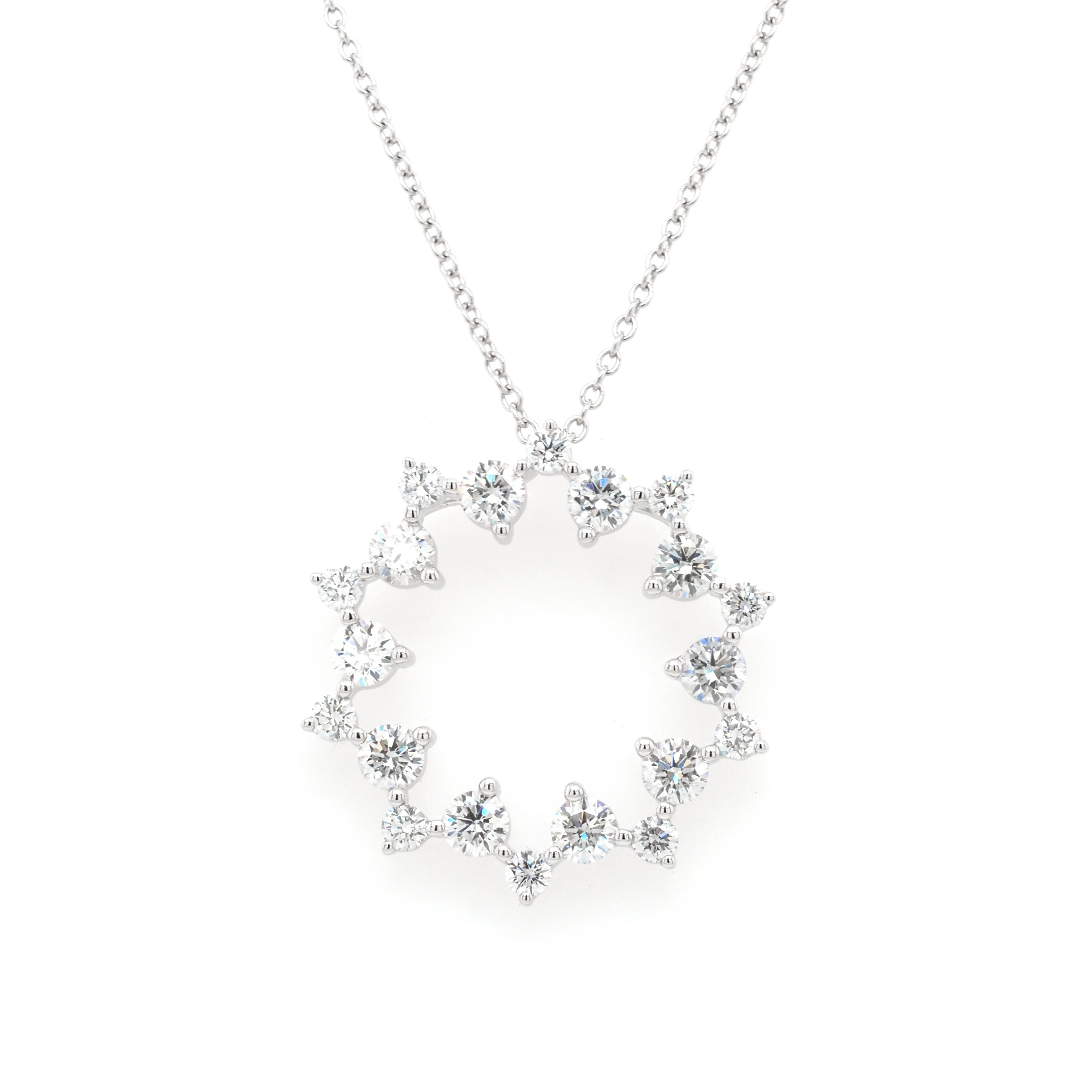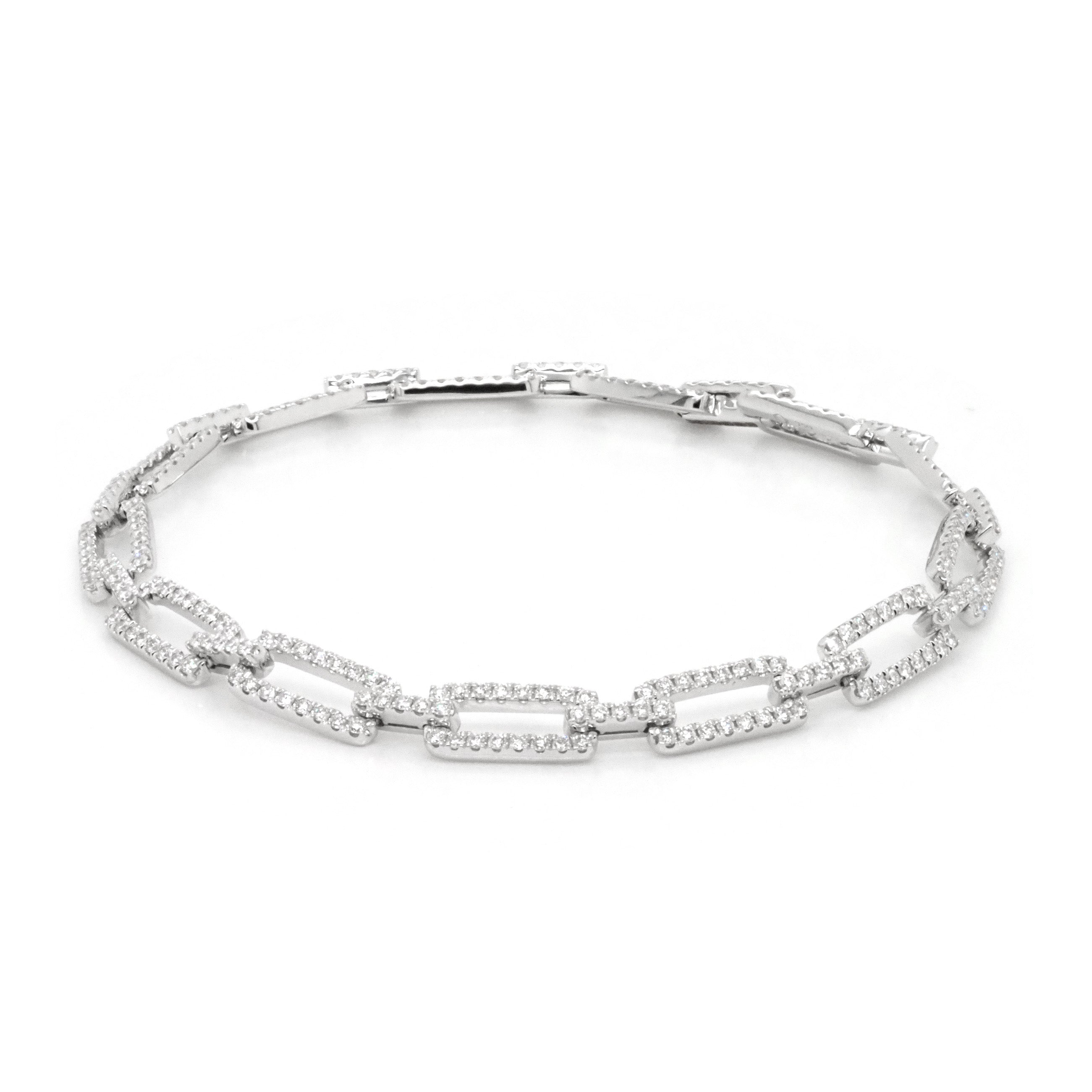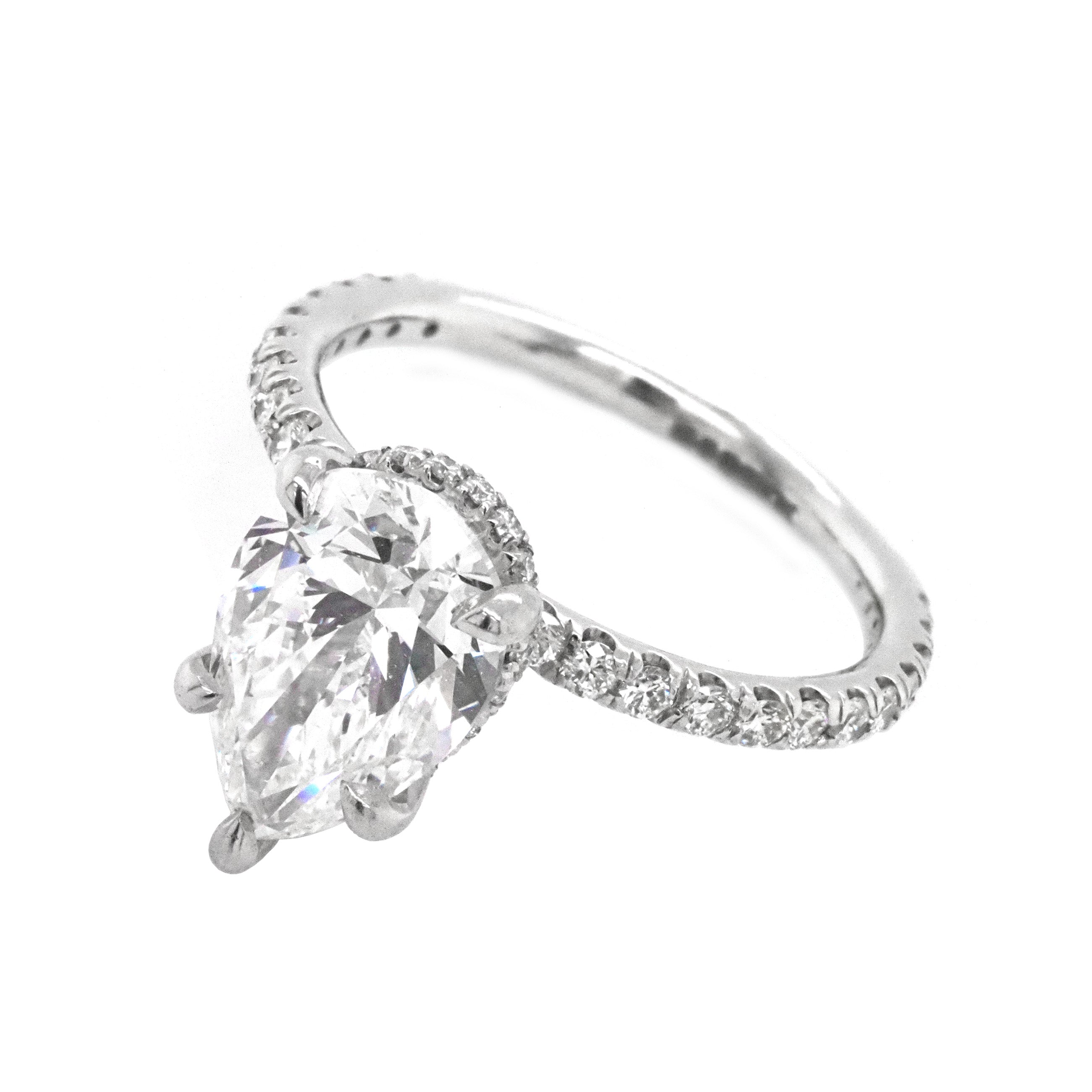Facets of Brilliance
There are many available cuts of diamond. Most of them, notably the round brilliant cut, the radiant cut and the princess cut, are designed to maximise the flow of light through the top of the stone, increasing the sparkle.
Emerald and step cuts do something different: they enhance the clarity of the stone and the linear facets create a 'hall of mirrors' within the stone, like looking into a swimming pool of fathomless depths.
The process of diamond cutting has changed significantly across the decades. On our oldest pieces of jewellery, the diamonds would have been cut entirely by sight, by hand, lit by candlelight or gaslight. There is a wonderful glow to some old cut diamonds, which evokes this pre-electrical era.
All cut diamonds are still subject to a three step process: cleaving, sawing and polishing.
After cleaving (the separating of a rough diamond into smaller stones down the cleavage lines), diamonds are cut using saws impregnated with diamond dust, down to the desired measurements. As diamond is the hardest mineral on earth, only another diamond can make an impression on it. Faceting and polishing follow the cutting process.
Diamond cutting is a science and an art and people spend their life perfecting it. It requires meticulous attention to detail and surgical precision.
The brilliant cut diamond solitaire ring is set in a lovely tulip-shaped 18ct white gold mount. The 2.02cts emerald cut diamond in the trilogy ring with kite-shaped diamonds to either side is a D colour stone, the best colour on the GIA grading scale.
Also on show is an exquisite pear-shaped D colour diamond cluster pendant, which would match well with the pear-shaped diamond solitaire ring.
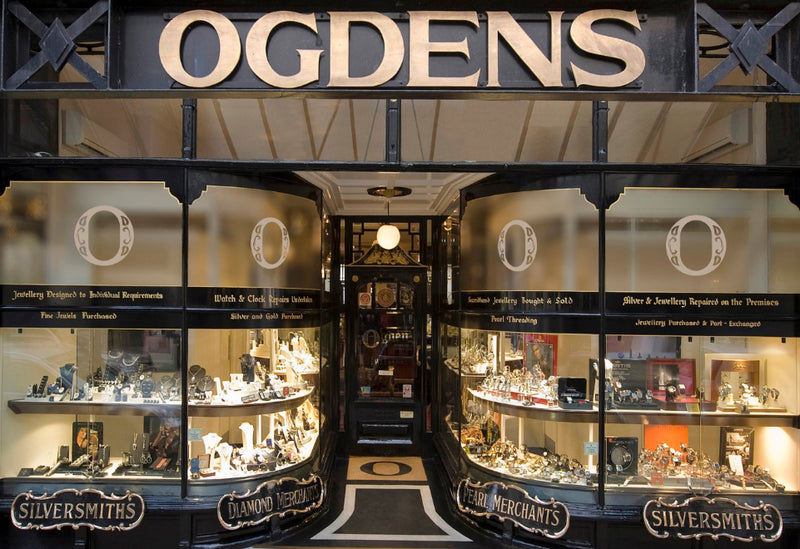
VISIT OUR SHOPS
Our flagship Edwardian fronted showroom provides an opulent space to view our stunning collections .




